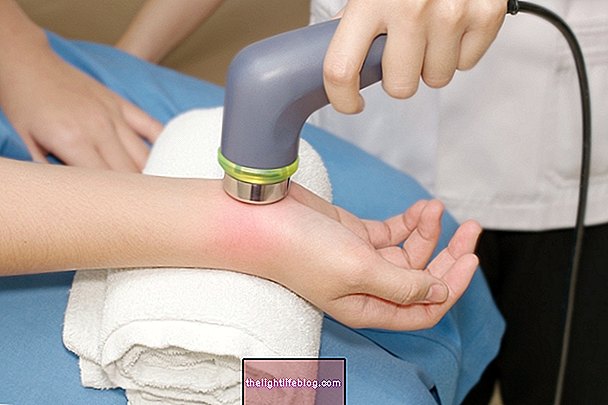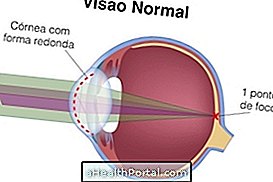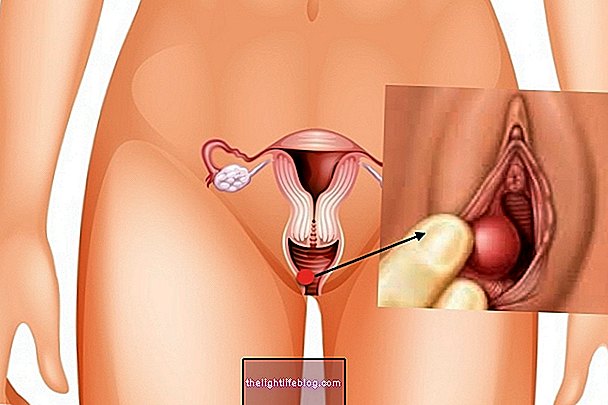Botox injections may be indicated in the treatment of some children with microcephaly, because it decreases the stiffness of the muscles and improves the natural reflexes of the body, thus facilitating the sessions of physiotherapy and the daily treatment.
Usually botox injections are indicated when the child is always with the muscles contracted involuntarily, which makes it difficult for simple things like bathing or changing the diaper, because the baby's leg does not bend, for example. Especially in these cases the pediatric neurologist who accompanies the development of the baby can advise this type of treatment.

Understand what microcephaly is and how it affects the baby's development.
Benefits of botox in case of microcephaly
Children who are born with microcephaly and who use botox according to their medical indication may have the following benefits:
- Decreased muscle stiffness, which facilitates daily care;
- Easier to move joints because they become more pliable and flexible;
- Normalization of body reflexes;
- Improvement of body posture and positioning of the arms and legs;
- Relief of pain and discomfort;
- Facilitate physical therapy and the use of orthotics.
The first results can be seen the day after the application and can last from 4 to 6 months, being necessary a new dose from that period, or in agreement with the orientation of the doctor in charge.
What is botox and how does it work
The botulinum toxin, popularly known as botox, is a toxin produced by the bacterium Clostridium botulinum, which is properly diluted and used in medicine form, which paralyzes the neuromuscular junction and so can be applied for various purposes, including aesthetic, this indication being one of the most known.
The application of botox near the joints blocks or decreases excessive muscle contraction, normalizing the muscle tone, thus facilitating the permanence of the limbs in the neutral position, movement and physical therapy, for example.
The effects of botox usually begin to be observed in 24 hours and last at most 1 year because its effect is not permanent and gradually the neuromuscular junction recovers and the spasticity reappears. Usually after 4 months of application, changes that indicate that the botox effect is diminishing may begin to be seen.
Identify spasticity and what your treatment is.
Risks of botox
The use of botulinum toxin is safe and has practically no health risks, provided it is used in the proper dose and always under medical indication. Whenever possible, it is recommended to apply it without sedation or anesthesia to reduce the risks related to this type of approach such as respiratory arrest, for example.
The most common side effects of botox use include drowsiness, difficulty walking, red patches on the skin, excessive muscle weakness, muscle or joint pain, and general malaise. When an overdose of this substance is used, symptoms such as muscle paralysis at the injection site or in the immediate vicinity may occur, difficulty in swallowing and breathing may occur with the accidental ingestion of botox, requiring urgent medical follow-up.






















